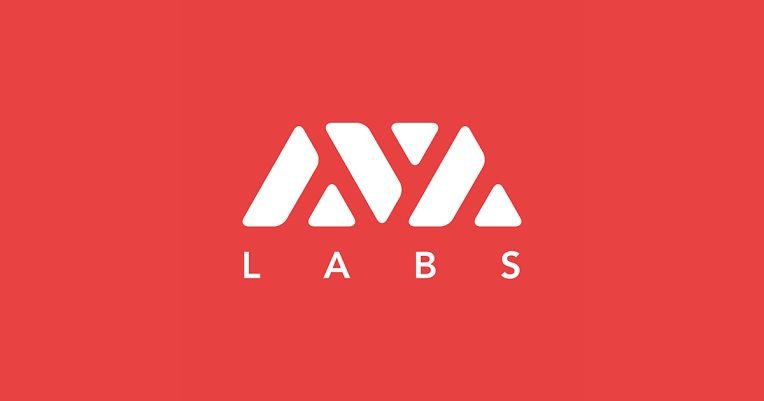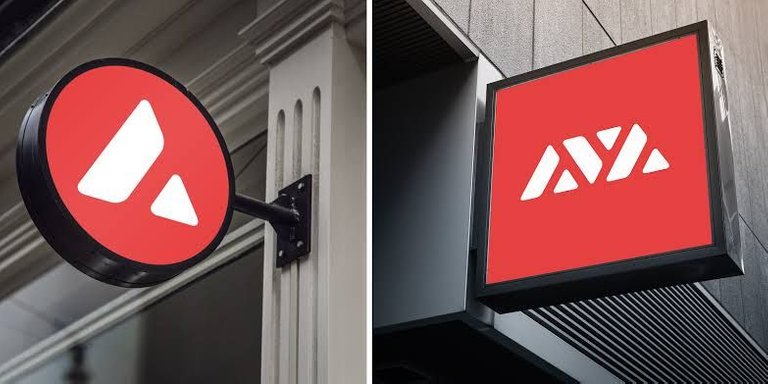
Blockchain today has been a great safe haven for innovations, especially in the financial tech industry. There are groundbreaking innovations from different blockchains today that many developers wished all these attributes are combined on a single platform. Each top-blockchain has an inherent challenge that another blockchain has built on, but even the next blockchain has a deeper challenge. Scalability, as everyone knows is the inherent challenge of Bitcoin, other blockchains like Ethereum have built platforms to deal with the challenge. But most have had to sacrifice privacy, and security for scalability. These blockchains each have their own unique properties that make them desirable. But each has its own weaknesses.

Source
Interoperability between blockchains has been a tug of war that many developers have tried to solve but we all still await a cutting edge solution. There are Crypto backed tokens on other blockchains but there still remains a great challenge in having a blockchain attribute, consensus, protocol, or smart contract available on another blockchain.
Avalanche Protocol- A blockchain of multiple Protocols

Avalanche Blockchain has proven to be the answer to this challenge. It implements multiple protocols like Byzantine Fault Tolerance, and DAG to secure its blockchain and transactions from double-spending. Additionally, it operates on Proof of Stake (PoS) anti-Sybil mechanism to assert its decentralization and discourage mining centralization via mining pools and farms. It PoS returns rewards to its validators proportionally to the rich from earning more than necessary and to encourage Decentralized mining.
To cap it all, Avalanche has Subnets that can operate on their own separate consensus. Subnets can operate with Virtual Machines from other blockchains. Below contains illustrations to explain how Avalanche Network operates.
Democratic Illustration
For example in a democratic country, there are states which are autonomous in their own way. They may receive directives from the federal government but they are free to modify the order for execution. The federal government of the country cannot interfere in their affairs unless there is a state of emergency.
Imagine a Country without head
Imagine a country where instead of presidents or state governors there are senators that contribute to the leadership of the country in their own capacity. These senators have equal power and they make decisions for the country and they receive incentives proportionately to their investments in the affairs and projects of the country. The country in this example can be seen as the conglomeration of different states and with a capital state common to all. The capital state is just like any other state but different in the fact that it receives input from ALL members of the senate.
The States
Every other state operates autonomously based on its own separate system of government, for example, the capital state may be running a democratic system of government, a particular state may decide to run a capitalist system and so on. Each state can decide who will be accepted as a senator and who will not because of their autonomy. The creation of a state requires huge impute as a state is a vital part of the whole country.
The Senators
All senators are expected to give input to the capital state as this is their primary assignment. They are as well free to work for multiple numbers of states as they wish after that. The senators are expected to stake their properties or money before they can become a senator (of course everyone is free to become a senator). This is done to ensure that any senator will not do anything to put the country into jeopardy because they will surely want to protect their stakes.
Avalanche
As the example imagined above, Avalanche protocol works. The Country is the Avalanche Protocol or blockchain, the States are autonomous subnets (Sub-networks), the senators are validating nodes that confirm transactions and keep the network running.
Subnets
Avalanche network allows subnets to operate on their own Virtual Machine with a consensus protocol that might be different. This opens a new wave of opportunity allowing Avalanche to be a blockchain of blockchains. For example, Athereum which runs on the Avalanche protocol is an Ethereum Virtual Machine (EVM) on the network. This is a subnet that supports all Ethereum based smart contracts easily. The gist is that even if you have your tokens or smart contract running on Ethereum blockchain before, it can be onboarded on Avalanche. Subnets can easily run their own consensus either permissioned or permissionless on the network. There is a primary subnet or capital subnet that is basic for the blockchain, this runs on Proof of Stake consensus algorithm.
Nodes
There are different nodes available on the Avalanche protocol, they are Archival nodes, Validating nodes, and light nodes. Archival nodes store all the blockchain data from genesis and they also serve as a bootstrap for new nodes. They collect a fee to share the blockchain data with new nodes on the network. Light nodes only reveal the account state, they are not storing any data, they can be likened to normal mobile wallets.
Validating Nodes
Validating nodes validate or confirm transactions on the network. Validating nodes do not need to store all blockchain data from Genesis, they only store such as necessary to validate transactions. This means validating nodes does not need to spend huge amounts on having powerful machines or huge storage since they do not need to store the whole blockchain. They need to stake some $AVAX coins to be able to perform validating tasks, the transaction fees spent to stake coins to become a validating node are burnt. Staking as a validating node has minimum to maximum age, when the maximum age is reached or when a validator decides to discontinue (which must be greater than the minimum duration), the coins are returned to the original owner so there is no fear of loss when there is a hardware problem.
Essentially, this solves issues of mining centralization as a bottleneck to bigger blockchain networks today.
Bitcoin Centralization in Mining, Power, and Location

Source
You must have discovered that after the blockchain halving earlier this year, many lone miners had to pull out of the bitcoin network because it became unprofitable for them. Why? The Bitcoin network essentially thrives on competition, nodes with more mining powers are more likely to find blocks and get rewarded than others. This is why mining pools and farms get more block rewards than others thus choking lone miners thus making mining action unprofitable for them. Additionally, all nodes on the Bitcoin network must store all blockchain data for the network which is approximately 269.82 gigabytes in size as of the end of March 2020 according to Statista. Meaning that nodes have to worry about investing in storage.
To add salt to injury, mining operation consumes a lot of power, so locations with lower charges on power are best suited for Proof of Work mining like the Bitcoin network. This is why China became the home of bitcoin mining today as it houses approximately 65% of all bitcoin hash rate (mining power) according to research by the University of Cambridge as reported by Bitcoin.com. Apart from mining centralization, it can be said that Bitcoin is also location centralized- this is hypocritical for a network that fathers decentralization.
Avalanche Events

Source
Avalanche has postponed its token sale from July Sale due to a recent overload at Tokensoft due to the huge demand for the coin.
Social Profiles
Website | Whitepapers | Twitter | Discord | GitHub | Documentation | Explorer | Telegram | Facebook | LinkedIn | Reddit | YouTube
Community
You can join the community to promote the cutting edge tech to earn rewards here.
Thanks for reading.
Caution!!!
All information here is as a result of my personal findings for the education of the reader. I am a blockchain enthusiast and writer that investigates innovations behind blockchain-based projects especially new ones. Please take these findings as intended (for information and education purposes) and not investment advice. Meet your financial advisor for such and do your own research.
Posted from my blog with SteemPress : https://cryptostocksreviews.org/avalanche-protocol-blockchain-4/blockchains/
This is a super cool project. I like the implementations and how you broke down each aspects. I wonder how the project manages data storage though, offchain or on chain. I like the additional evm feature thatvallows Ethereum smart contracts run, its just that Ethereum smart contracts are not always fool proof and can be very open to exploits. I wonder what planz they have in place to mitigate that. Nice project. Did you there was a way to earn rewards from the project. Will you be monitoring this project or have you invested in it?
Thanks so much for the feedback. Data Storage should be on-chain I guess. I believe the vulnerability of smart contracts are the works of the developers responsible for deploying it. The blockchain only provides the tools to build.... What ever they build is their own to monitor.
Since I have known the project I have been interested and ready to continue to monitor its progress
Check my latest post here where I discussed some use cases of the blockchain
https://hive.blog/hive-126009/@ayobami99/threeobvioususecasesofavalancheprotocolhidinginplainsight-oi2e9muzgi